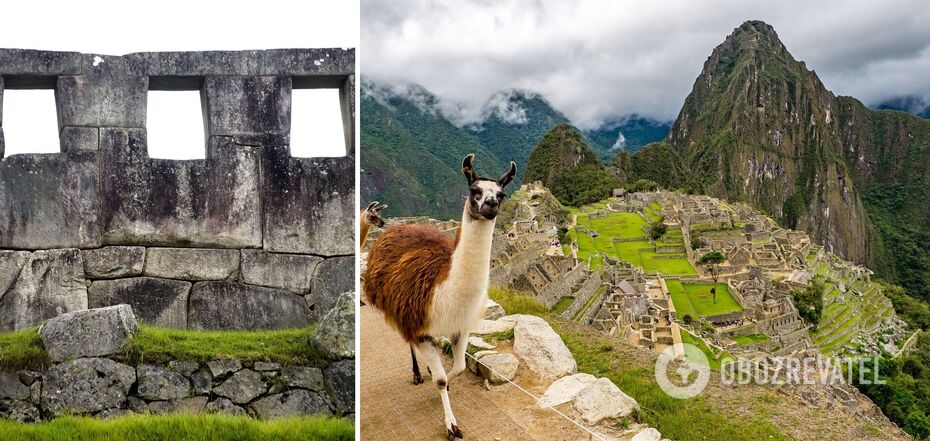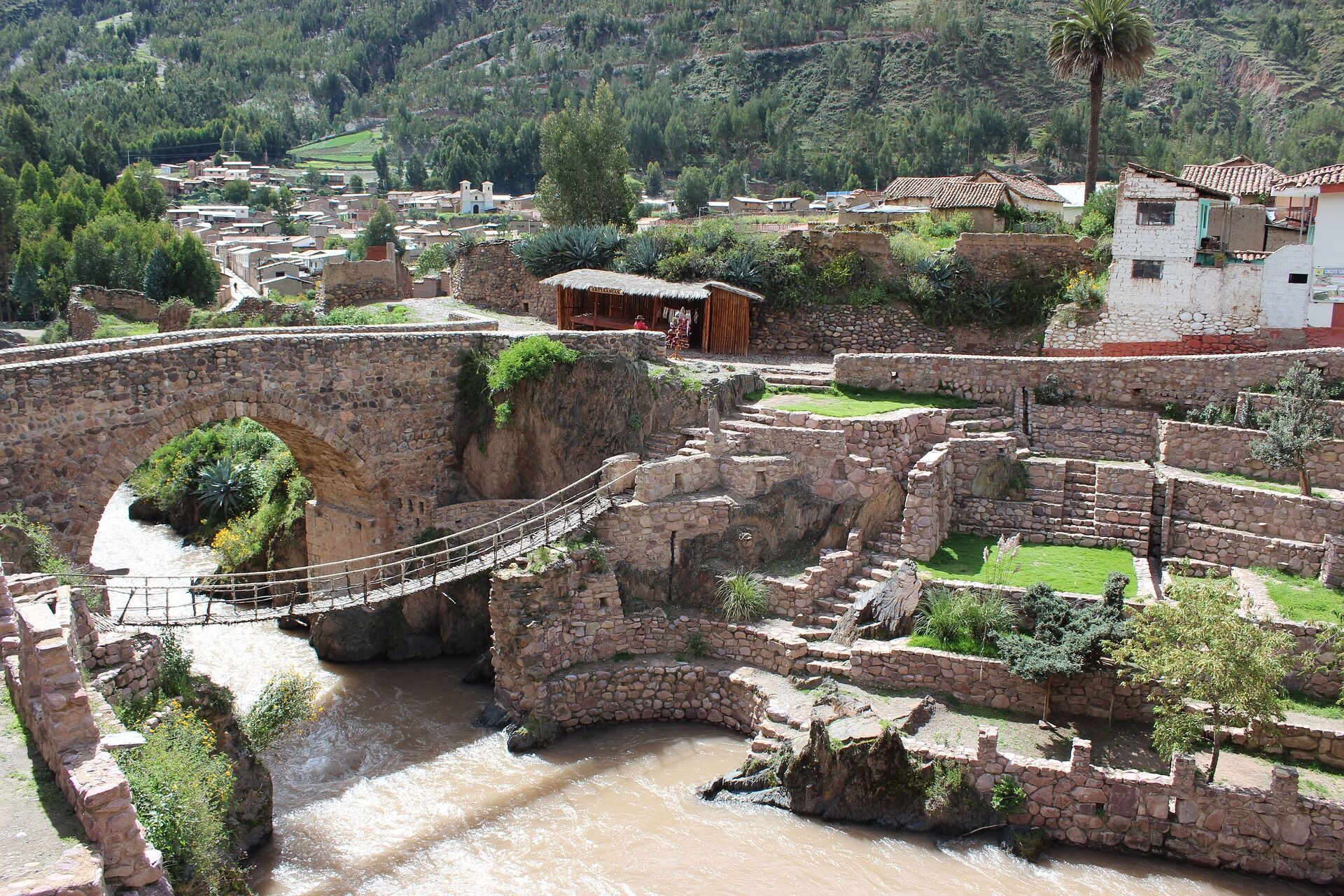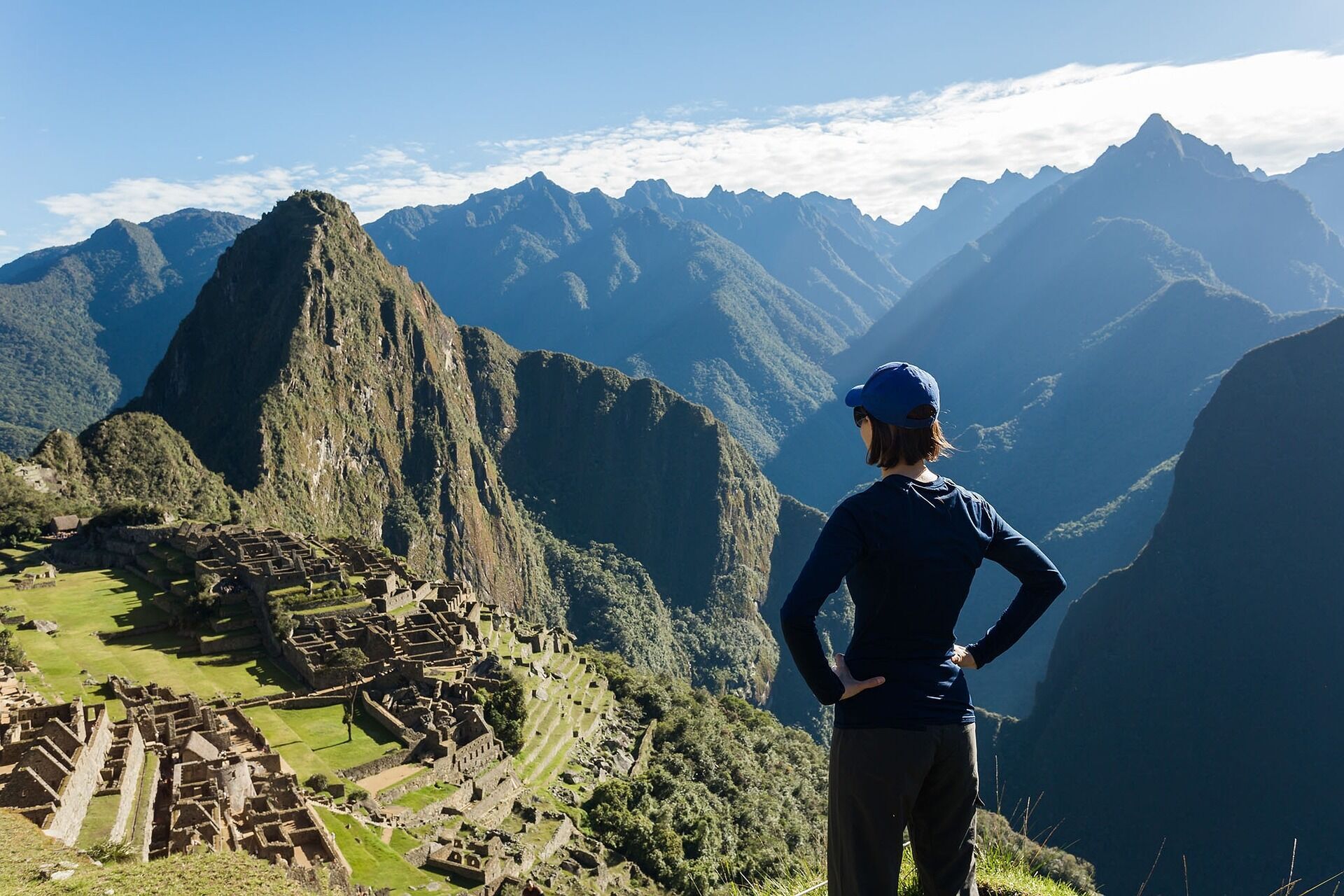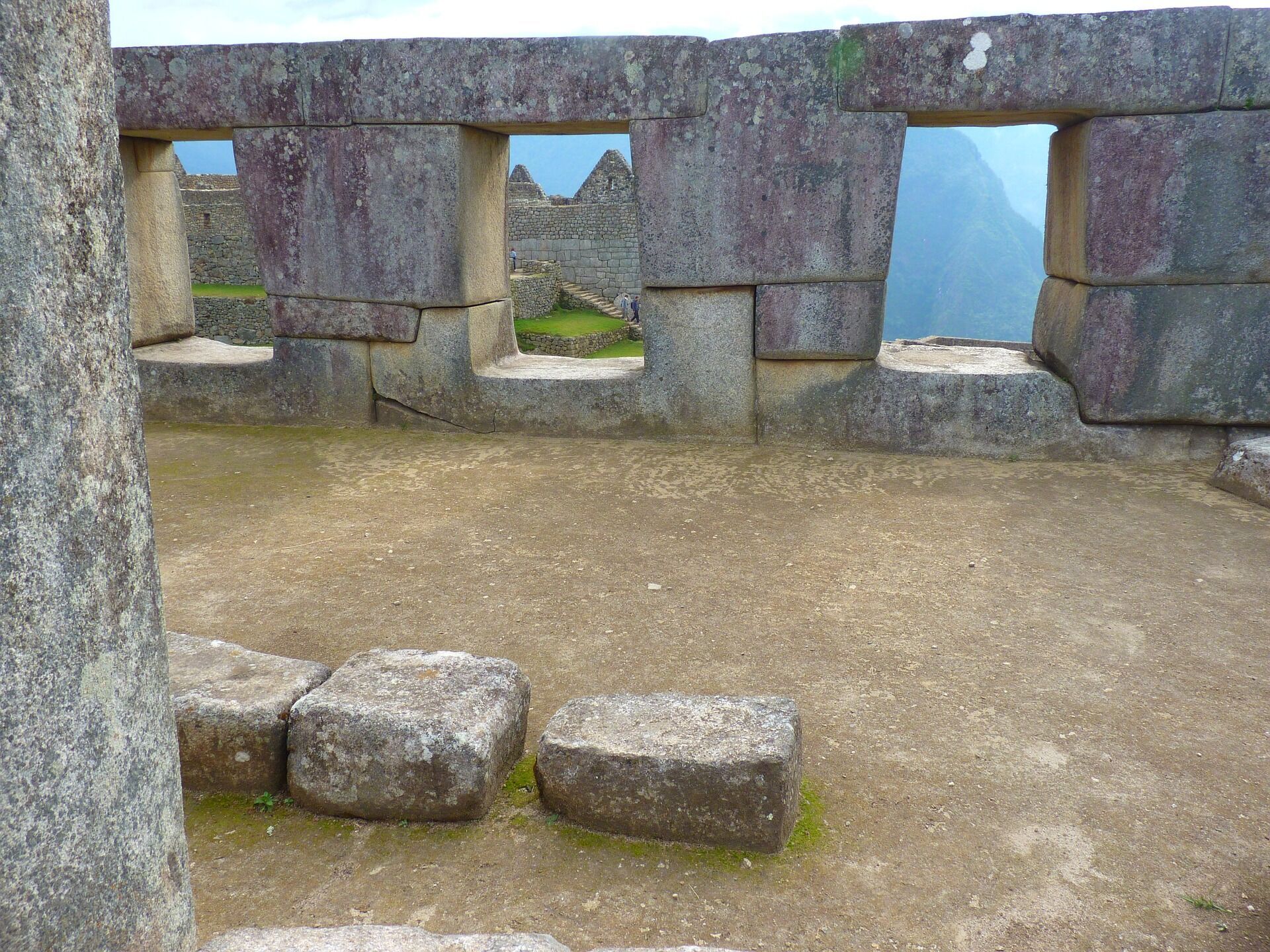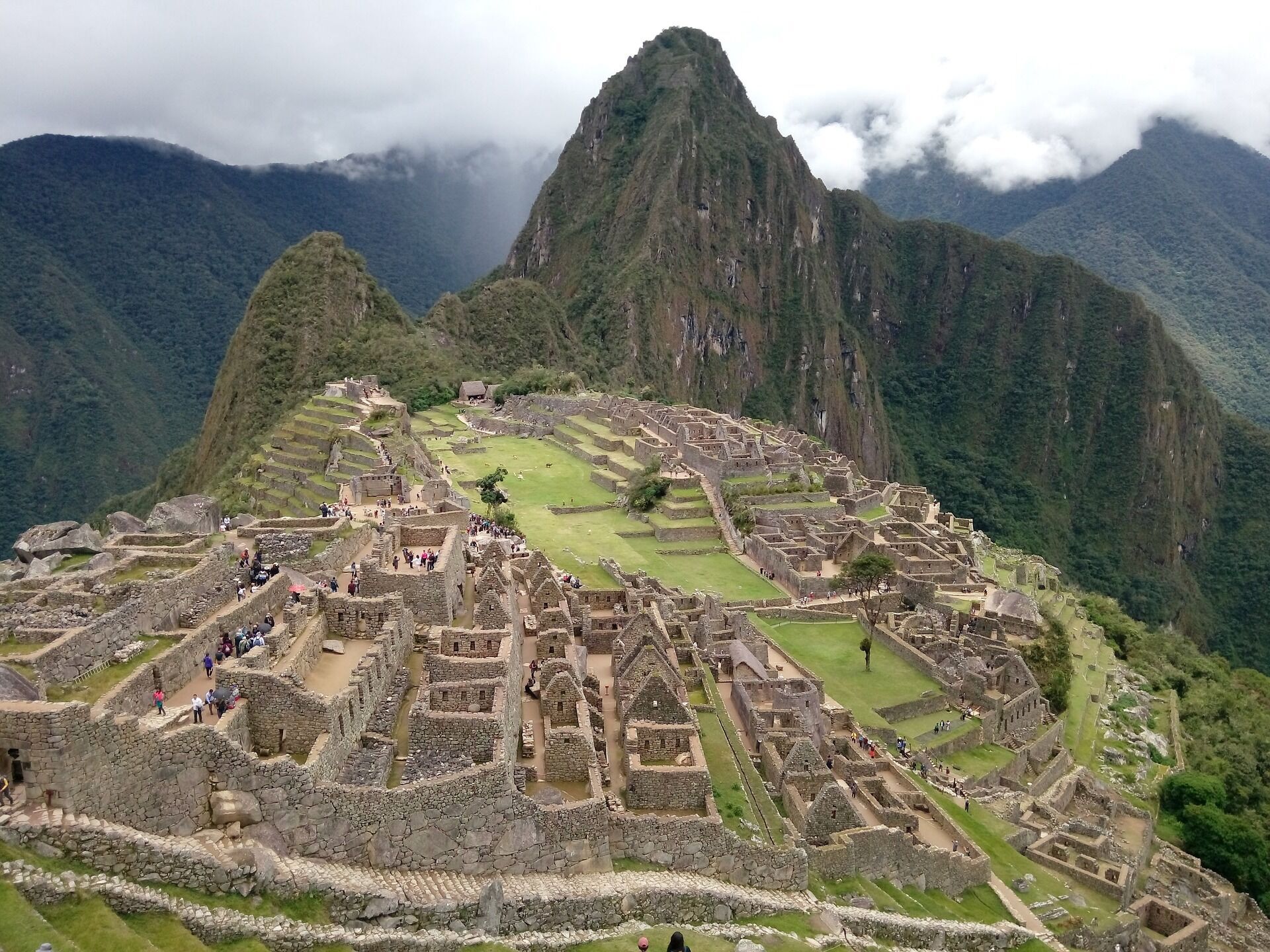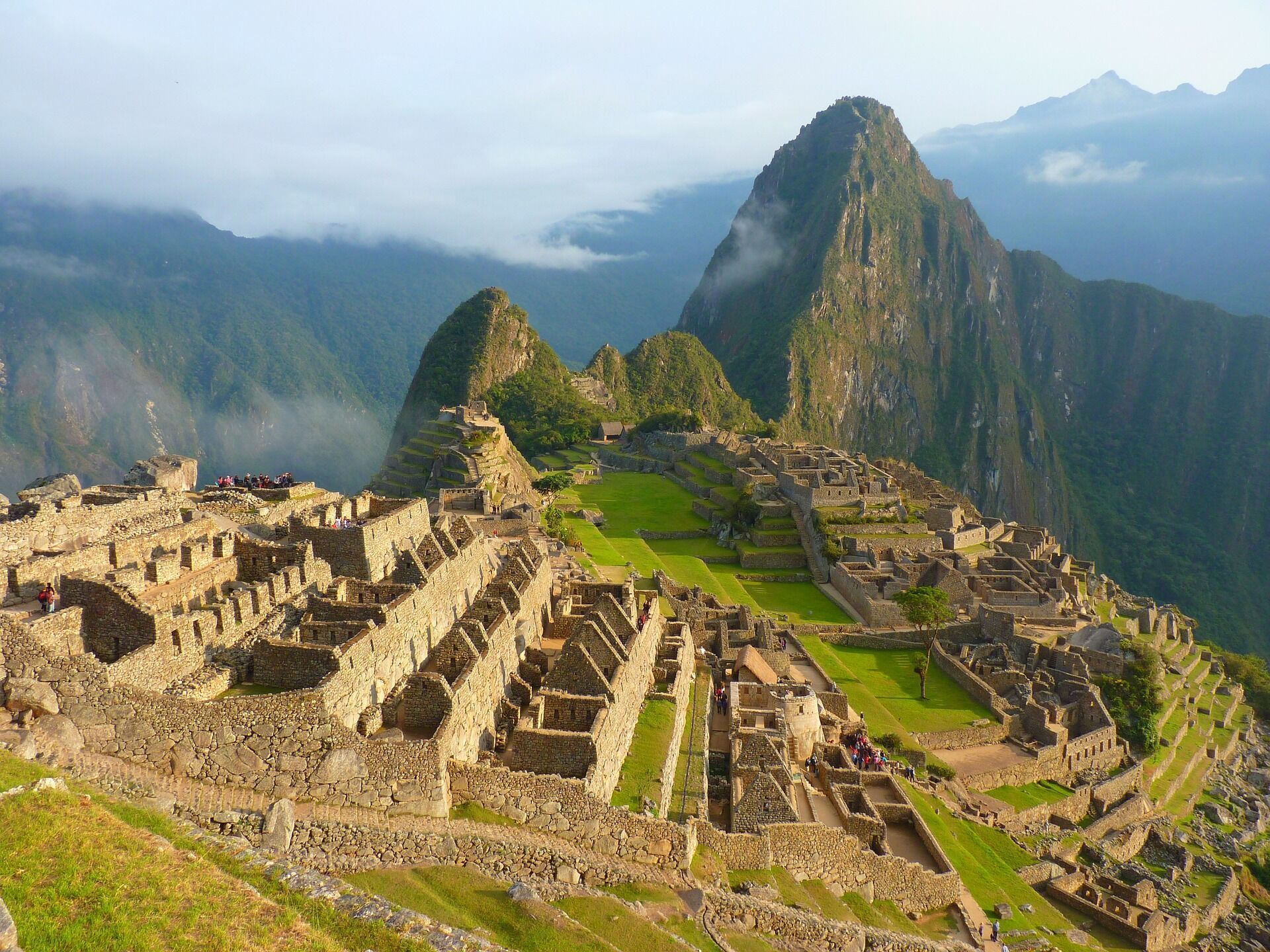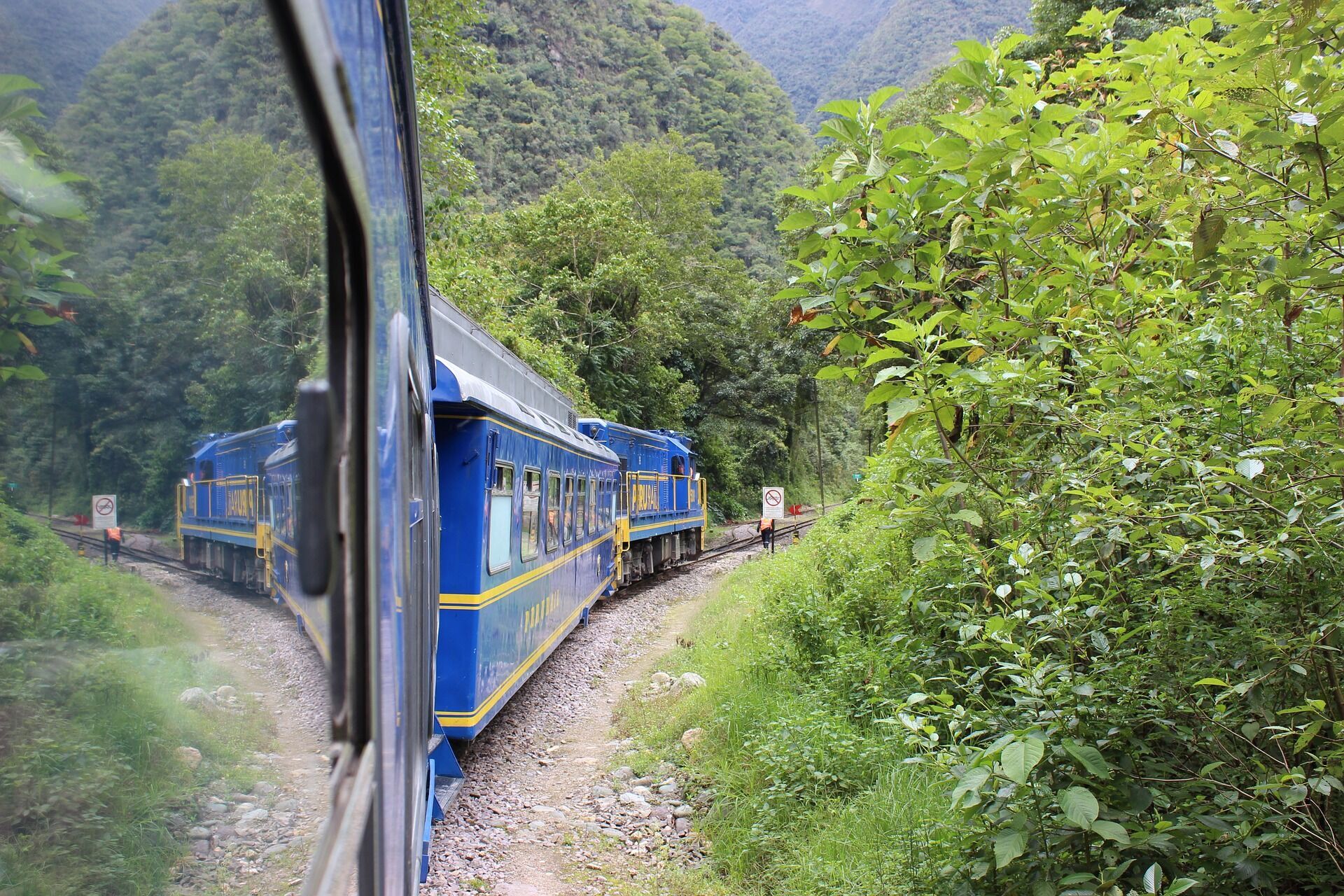Life
The Mystery of Machu Picchu: why tourists travel thousands of kilometers to see the settlement
The ancient settlement in Peru is so well hidden among the Andes Mountains that for a long time, it was unknown to residents of neighboring cities, historians, or even conquerors. Now there is a daily trainload of tourists, and scientists are building dozens of theories around the amazing architecture of Machu Picchu. What is so special about it?
Historical Background.
Machu Picchu is an Inca settlement dating back to the 15th century. It is located in the mountains at an altitude of 2,400 meters above sea level. All the buildings of this city were built only of stone, without binding mixtures, like modern cement or something similar.
Machu Picchu became known only in 1911, which surprised not only historians but also the inhabitants of Peru. No one could understand how for more than three centuries no one stumbled upon a well-preserved settlement or a many kilometers long trail leading directly to it.
The mysteries of the Incas are still unsolved. Why did they settle so high up in the mountains, what did they do, why did they build a fortress, and why are almost all the skeletons in the local cemeteries female?
Residence of the Supreme Inca and other hypotheses of historians
The exact purpose of this highland settlement is still unknown. However, scientists have several quite convincing theories, one of which may turn out to be true.
For example, some historians claim that Machu Picchu was built as the residence of the Supreme Inca Pachacutec. The proponents of this version draw attention to the fortified form of the city, tall buildings, the division into districts for the nobility and servants, and the presence of temples, and places for sacrifices.
Another hypothesis suggests that this city was used as a kind of training center. The children of the nobility were sent here to learn various professions. But then why were there so many women here, if at that time education was the privilege of men? Perhaps they learned textile work, but this is impossible to prove.
And the last version shows that the city had a defensive purpose. It served as a center from which control passed over the subordinate surrounding Inca tribes, as well as over the fertile regions that provided the ruling classes with food and medicinal plants.
The architecture of the city.
It raises the most questions. All the buildings in Machu Picchu are built solely from stones, without the use of mortars. However, they are firmly fixed and even after centuries look as they did before. They do not fear time or natural conditions.
The buildings where the Incas lived had one or two stories and thatched roofs. They varied in size from tiny to very large. But from the outside, they were all very similar.
The city itself is divided into three parts: the area with temples, the housing sector, the cemetery, and the dungeons.
The well-preserved Temple of the Three Windows is the main building in the religious life of the Incas. The windows of this shrine, which let in sunlight, symbolize the three founders of the Inca empire.
There is also a conservatory in the city, where you can consider the Intivatan stone. It used to serve as a sundial used by local priests.
A City on the Faults
Not so long ago, geologist Rualdo Menegat from Brazil put forward another interesting theory. He asserts that the Incas built the city so high in the mountains because there are several tectonic faults. They not only did not prevent the construction but also contributed to it.
First of all, it was the stones. Because of previous earthquakes in the region, the rocks had become weaker and more malleable. That made it much easier to prepare the stones for construction.
In addition, the same faults provided the ancient Incas with water. Meltwater and rainwater flowed constantly along them. The Incas knew where it was collected, so there was never a problem with it.
Third, because of the large number of faults in the rock on which the city stood, Machu Picchu was not threatened by flooding. There was even an opportunity to create a sewer system, which the Incas successfully took advantage of.
The real name of the city
Not surprisingly, Machu Picchu is the modern name given to the city by the inhabitants of Peru. The real name historians do not know, because almost nothing is known about this settlement. There is no mention of it in the chronicles or stories of those years, and within the settlement itself, no records were found. So in translation, the modern name means "city in the mountains. No mystery here, though!
The New Wonder of the World
Machu Picchu is listed among the seven New Wonders of the World. That is why this settlement is protected by UNESCO. A few years ago, the organization was concerned about the large number of tourists coming to the ruins of the mountain city. At the time it was visited by 2 thousand people a day. Therefore, this figure was forcibly reduced to 800 people a day.
To get to Machu Picchu now is very easy. There are trains and buses, guides gather tour groups to lead them not only between the ruins of the ancient civilization but also along the paths walked by the Incas.
The Peruvian authorities also periodically talk about creating a cable car near the city, but UNESCO categorically does not support this idea and is against it.
Previously OBOZREVATEL told about the peculiarities of life in Peru, which surprised tourists.
Only verified information in our Telegram channels Obozrevatel and Viber. Do not be fooled by fakes!


